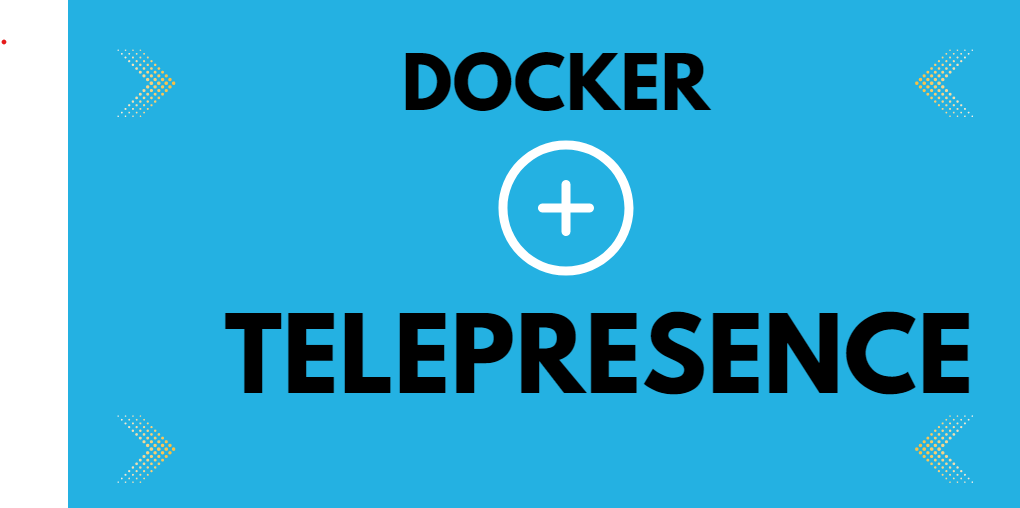Docker, a leading platform for containerization, has partnered with Ambassador Labs to introduce Telepresence for Docker. This innovative tool is designed to improve the overall development experience of Kubernetes, a popular container orchestration system. With Telepresence for Docker, developers can now access and test their applications in real-time without having to fully deploy them on Kubernetes clusters. This streamlines the development process, allowing for faster and more efficient coding, testing, and deployment. The collaboration between Docker and Ambassador Labs has resulted in a powerful tool that promises to greatly enhance the development experience of Kubernetes users.
what is Telepresence ?
Telepresence is a tool that allows developers to run and test their code locally while still being able to connect to remote services and applications that are running in a Kubernetes cluster. This is achieved by creating a proxy server that redirects traffic between the local development environment and the Kubernetes cluster. With Telepresence, developers can quickly and easily test changes to their code and see the results in real-time, without having to go through the time-consuming process of deploying the code to the cluster. This significantly speeds up the development cycle and makes it easier for developers to iterate on their code. Additionally, Telepresence can be used with any programming language or framework that is supported by Kubernetes, making it a versatile tool for developers of all backgrounds.
How to integrate Telepresence with docker ?
To integrate Telepresence with Docker, you’ll need to follow these steps:
1. Install Docker: If you haven’t already, you’ll need to install Docker on your local machine. You can download it from the Docker website and follow the installation instructions for your operating system.
2. Install Telepresence: Once you have Docker installed, you can install Telepresence by following the instructions on the Telepresence website. Telepresence provides installation instructions for a variety of operating systems, so be sure to choose the appropriate one for your system.
3. Connect to Kubernetes: Once Telepresence is installed, you can use it to connect to your Kubernetes cluster. To do this, you’ll need to provide Telepresence with the necessary Kubernetes configuration files, which typically include a kubeconfig file and any additional authentication or authorization information required to connect to the cluster.
4. Start a Telepresence session: With Telepresence connected to your Kubernetes cluster, you can start a Telepresence session to run your code locally while still being able to connect to remote services and applications in the cluster. To start a Telepresence session, you’ll typically use a command like telepresence run --rm --expose 8080 my-image, where my-image is the name of your Docker image.
Benefits to using Telepresence with Docker
1. Faster development cycles: With Telepresence, developers can test their code changes locally without having to push changes to the Kubernetes cluster, significantly reducing development time and accelerating the development cycle.
2. Improved productivity: By allowing developers to work on their code locally and connect to remote services running in the Kubernetes cluster, Telepresence streamlines the development process and enables developers to be more productive.
3. Enhanced debugging capabilities: Telepresence enables developers to easily debug their code by allowing them to interact with remote services in real-time while running the code locally.
4. Better resource utilization: Telepresence allows developers to use local resources more efficiently, as they can run their code on their local machine while still being able to connect to remote services running in the Kubernetes cluster.
5. Increased flexibility: Telepresence is a versatile tool that can be used with any programming language or framework that is supported by Kubernetes, giving developers more flexibility in their development process.
Thanks for reading…
Comment your feedback.

